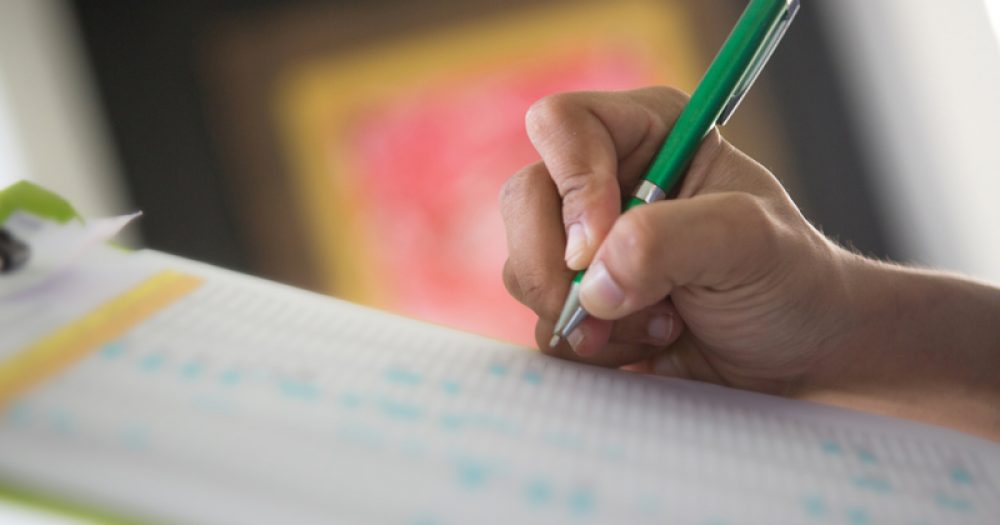Attendance in state secondary schools still varies massively across England, according to the first regional data published by the government in two months.
In fact, the gap between the areas with the highest and lowest attendance rates for secondary schools as of last week had actually widened to 40 percentage points, up from 33 percentage points in October.
And on November 26 the gap was even wider – 55 percentage points.
Data published by the Department for Education today shows that as of last Thursday, attendance in state secondary schools ranged from as low as 53 per cent in Medway to as high as 93 per cent in Kensington and Chelsea.
And as of November 26, secondary attendance ranged from 37 per cent in Sandwell to 92 per cent in Southend.
The last set of local authority-level attendance data, published in October, revealed the big variations between local authority areas. That data showed that attendance in secondary schools ranged from 61 per cent to 94 per cent.
The range identified in today’s data is larger, and comes after a rapid decline in attendance rates in some areas.
For example, attendance in Kent secondary schools fell from 92 per cent on November 5 to just 55 per cent as of last Thursday. In Havering, attendance plummeted from 90 per cent to 58 per cent over the same period.
However, in Medway, which had the lowest attendance level of any authority as of last Thursday, its attendance figure of 53 per cent actually represents a recovery from a low of 38 per cent on November 26.
In the areas with the highest attendance rates last week, attendance has generally recovered after falling in mid-November.
For example, Kensington and Chelsea saw its attendance plummet from 90 per cent on November 5 to 58 per cent two weeks later, before improving to 93 per cent on November 3, a level it maintained last week.
Cornwall’s attendance also fell from 90 per cent on November 5 to 81 per cent on November 26, before recovering to 90 per cent last week.
Natalie Perera, from the Education Policy Institute, said the “stark figures” showed the “huge disparities in the amount of face-to-face learning pupils have received across the country”.
“We’ve seen policies aimed at all pupils across-the-board to help them catch up with their learning this year, but so far the government has not dealt with the fact that some pupils will have lost much more learning than others.”








Your thoughts